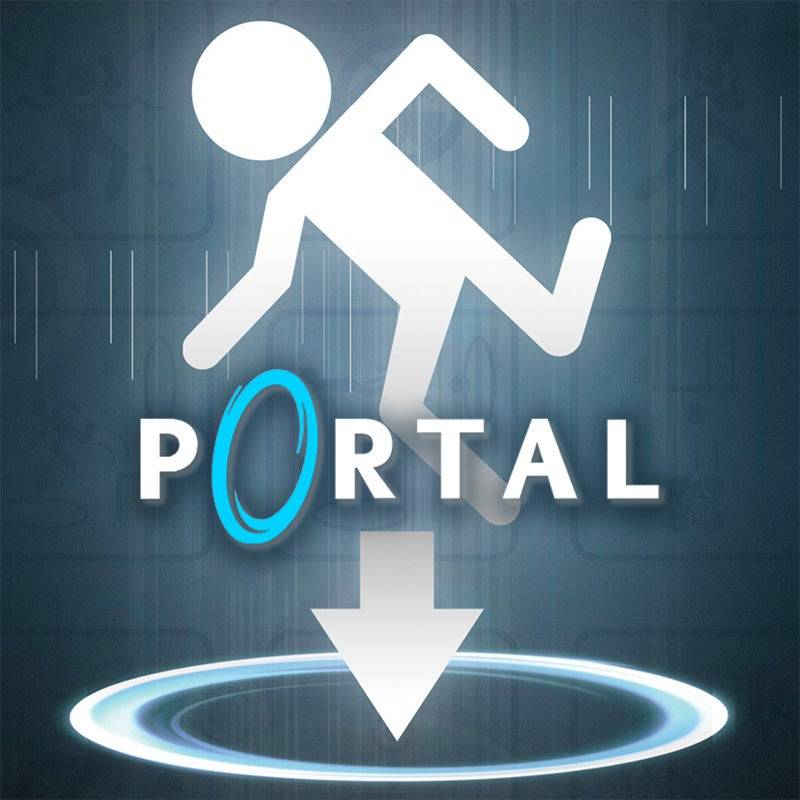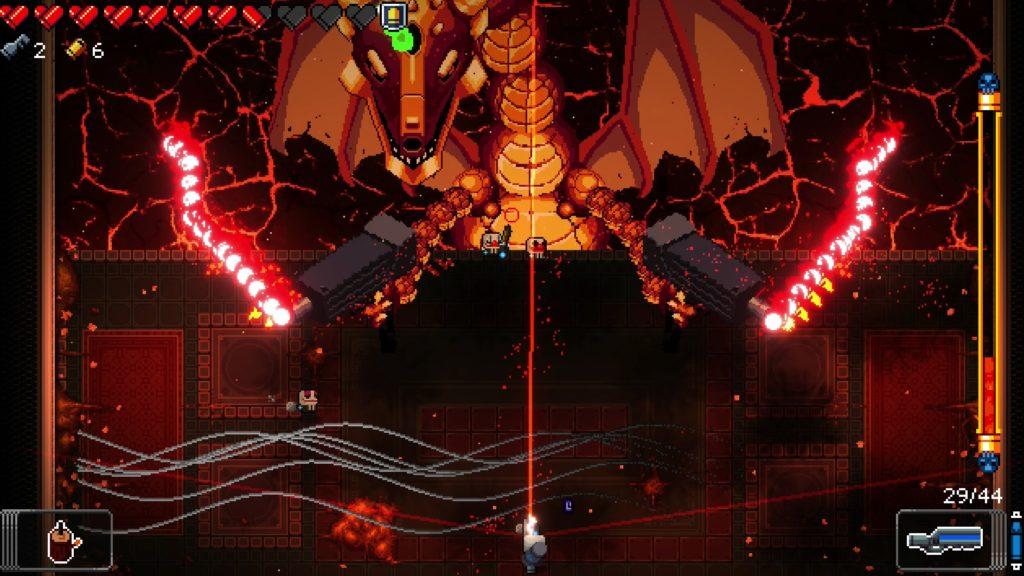For this week’s critical play, I decided to play Portal. This game was created by Valve and is available on Windows, Xbox, PlayStation, Mac OS, Linux, Android, and the Nintendo Switch. Its ESRB rating is Teen (ages 13+) and one of the primary audiences of this game is casual players who enjoy narrative-driven puzzle games with a FPS flair, as well as fans of other Valve games like the Half Life series. I have played Portal before, but that was back in 2012, and I’ve forgotten much of the game, so it was nice to revisit and analyze this game through fresh eyes again.
Portal and its sequel were ground-breaking at the time of their respective releases and the reasons why become evident as you advance through the game. The combination of dynamic physics-based puzzles that involve manipulating spatial positioning and a strong story that develops through both direct enacting and indirect embedded narrative create a puzzle game that is not only mechanically novel and innovative but causes the player to become heavily invested in the protagonist’s backstory and the world in which the game takes place.
The main mechanic of the game is the portal gun, which allows the player to 1) teleport and essentially phase through physical obstacles 2) link two points in space together while preserving the momentum of objects (and the main character herself). This is a simple concept, but it allows for puzzles that have a broad range in difficulty and complexity. Players start off with simple single-portal (they can only control the placement of one portal while the other is static and determined by the game) puzzles that usually involve transporting cubes to solve weight puzzles that open dispensers, doors, etc.
Players eventually progress to double-portal puzzles where they have to transport objects across longer distances and do “portal jumps” where the player continuously falls through portals until they build up enough momentum to reach areas that would otherwise be inaccessible. The ability to manipulate space in clever and unconventional ways to solve more challenging puzzles gives the player a sense of accomplishment and makes them feel powerful—the player gets the sense that they are bending the fabric of reality as well as the intellectual satisfaction of figuring out harder puzzles.
As for the story, the main enacting narrative places the player in the perspective of the protagonist, Chell, who must survive the whole gauntlet of tests and their own attempted murder at the hands of the rogue AI test facilitator, GLaDOS. In addition, there are hidden dens (primarily created by a side character, Doug Rattmann, who the player never interacts with or hears from) that provide embedded narrative and expand upon the lore. These dens cut through the humorous, deadpan banter created by GLaDOS and the otherwise sterile, clean testing chambers. They incorporate unsettling imagery with ominous implications about the fate of test subjects and foreshadowing the danger posed by the rogue AI.
In summary, Portal masterfully combines innovative physics-based puzzle mechanics with a compelling narrative that is both dark and comedic, creating a dynamic where the player is both intellectually stimulated and emotionally engaged and learns to navigate through spaces that can be disorienting and confusing. The player also learns to distrust GLaDOS, creating an uncomfortable psychological dynamic where they become increasingly aware that they are in peril and have to escape or face death. The primary sources of fun come from narrative (progressing through test chambers and escaping from GLaDOS) challenge (solving complex puzzles), and discovery (uncovering the secrets of the testing facility).
I created my own ethics question this week below.
How does Portal’s depiction of scientific testing capture real-world problems in science? What consequences does Aperture Science—the organization responsible for creating GLaDOS and the test facility Chell is in—invoke because of their unethical practices?
As a disclaimer, much of this lore comes from the sequel and from meta knowledge about Portal given that it takes place in the same universe as other Valve games.
Portal does an excellent job of highlighting the historical problems with scientific testing and the unchallenged power of corporations. Aperture Science engages in very dubious behavior that reflects many aspects of the reality we live in. There are heavy implications that the test subjects, including Chell, were brought to the facility as nonconsensual or coerced participants in scientific testing, which reflects how science has historically abused test subjects (often of marginalized identities). Chell and other subjects are viewed as expendable and are used as mere tools in the name of progress.
The fact that GLaDOS was able to take over the test facility also implies the absence of consideration Aperture Science had towards the development of AI technology and lack of accountability for their corporate malfeasance, which ultimately results in the death of almost all the facility’s staff and subjects and the construction of dangerous test environments that are supposed to result in the ultimate disposal and death of its test subjects.




